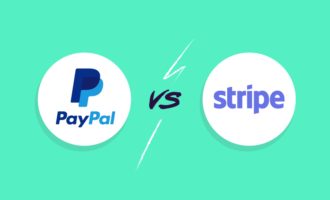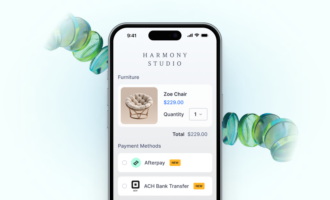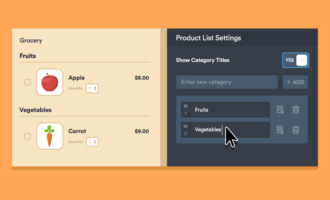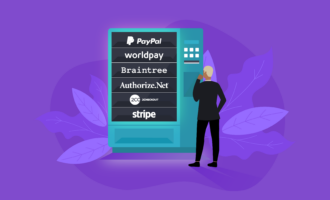Since the pandemic, online shopping has skyrocketed in popularity. Consumers are buying practically everything digitally — from basic necessities, to flat-screen TVs, to bulk-prepared ready meals. And all of this has left traditional forms of payment gathering dust.
Even when buying products or services at physical locations, shoppers usually forgo their physical credit cards in favor of smart device-enabled methods like Apple Pay. It’s clear that the economic landscape has moved past paper and plastic — with almost 30 percent of Americans saying they don’t pay with cash in a normal week.
At the forefront of this evolution are payment giants like PayPal, Google Pay, and Alipay, with the latter being one of the largest international payment platforms. If you run a customer-facing business, you’re likely familiar with the former two as common domestic payment services. But if you’re planning to expand your business overseas, it’s essential to understand global payment methods in order to open your company to larger markets.
What is Alipay?
Alipay is a mobile and online payment platform based in Shanghai, China. Its parent company is the financial services firm, Ant Group, which is itself a subsidiary of the multinational conglomerate Alibaba Group — the fifth largest internet company in the world.
Thanks to the resources of its parent company, Alipay is a giant among mobile payment solutions. In fact, it’s the largest in the world, with over 1.2 billion active users. This firmly tops its domestic rival WeChat, and almost triples the number of users for American services like Apple Pay and PayPal. Needless to say, Alipay represents an enormous potential client base for your e-commerce business.
Alipay for customers
As Alipay has only recently expanded into North America, its primary goal has been to assist businesses in serving Chinese tourists. That said, many domestic users are starting to catch on to the service — a 2019 survey showed around 4 million customers used Alipay in the U.S. for in-store purchases or online ordering.
Alipay has two forms of customer payment, and you can implement both for your own business:
- In-store payments: Customers can use Alipay for touch-free payments at physical locations. The service uses a merchant-presented mode (where the customer scans a merchant’s QR code to link to a payment form), as well as a customer-presented mode (where the customer presents their own payment code for the merchant to scan at the point of sale).
- Online payments: This is the most common use of Alipay. As long as the vendor accepts the service on their site, the customer simply selects Alipay as the payment method at checkout.
Alipay for merchants
On the other side of the transaction, American merchants and business owners must understand how to use Alipay to access a rapidly increasing market. With a few tools, like Jotform, you’re just steps away from positioning your e-commerce business as a global player.
The easiest way for online merchants to collect Alipay payments is through Stripe. This helpful payment processor allows you to access a number of major international payment methods and include them in your checkout process:
- Follow Stripe’s simple steps for configuring and allowing Alipay as a preferred payment at checkout.
- Implement Stripe into your online shopping experience by creating Payment Forms on Jotform to accept Alipay users.
- While building these forms, include Jotform’s free Stripe Checkout integration, which will allow you to receive payments from Alipay while enhancing customer security.
- Customize the design of your Payment Forms and Stripe Checkout Forms to reflect your brand image and create a top-notch customer experience.
As Alipay’s global brand and impact continues to grow, more and more U.S. businesses will begin to take advantage of its payment solutions. So, don’t wait to hop on the bandwagon — start growing your international customer base with Jotform and Stripe today.
Photo by Yan Krukau































































Send Comment: